Upset that a friend voted differently than you? Expert shares how to heal and reconnect.
Ignoring people won't solve the problem.
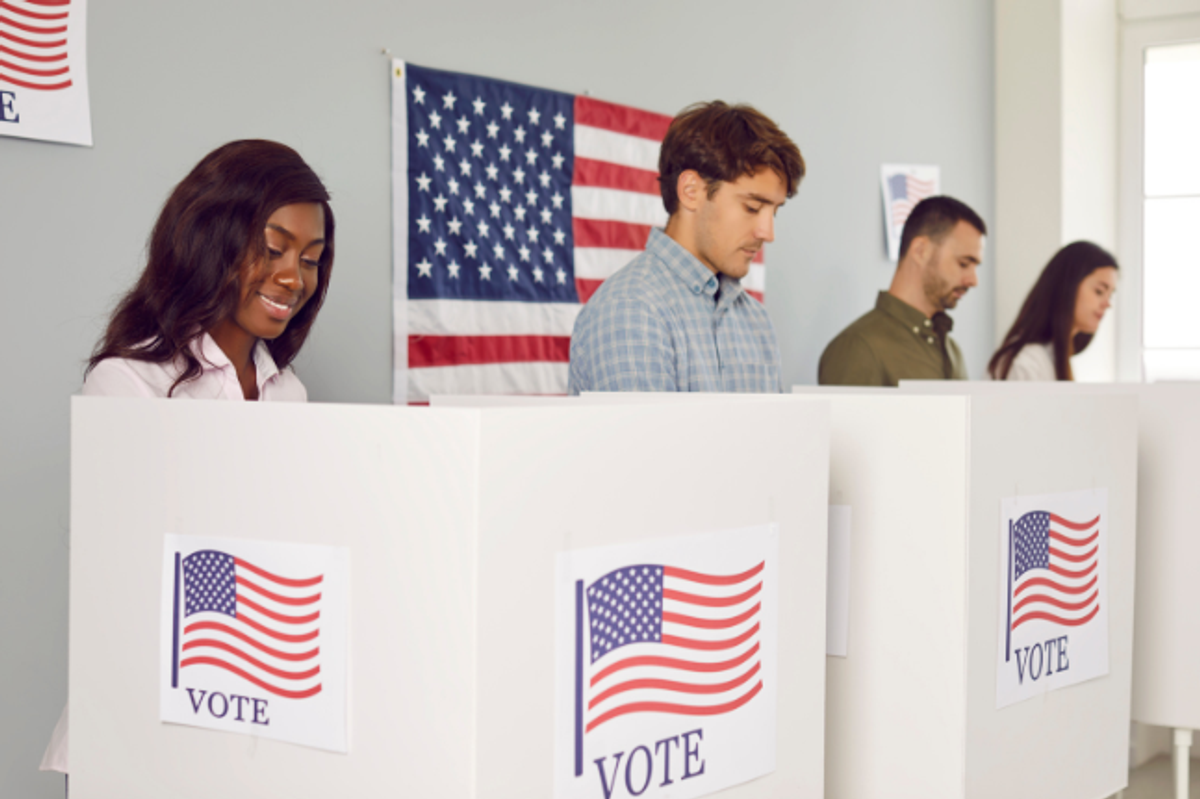
Americans voting in the 2024 election
The 2024 election was an emotional rollercoaster for millions of Americans. Those who voted for Trump have reason to celebrate, while those who supported Harris or a third-party candidate are probably deflated and need a while to recover emotionally.
The election was notable because there was a significant shift in voters from the Democratic to the Republican ticket over the 2020 election. So many people may now find themselves on opposite ends of the aisle with friends or loved ones with whom they previously agreed.
A lot of folks have to deal with the fact that their friends or family members voted differently than them, and, honestly, it can sting a bit, especially when hot-button issues are on the table, such as women’s rights, immigration, the economy, health care, LGBTQ rights and more.

Regardless of who you voted for, you may feel a twinge of animosity toward a loved one who chose someone different and may not be sure how to get over your feelings. Upworthy spoke with Jessica McCarthy, Psy.D., a clinical neuropsychologist, clinical psychologist and certified school psychologist, to help our readers repair their relationships after the election.
McCarthy is also the Founder and Clinical Director of Elements Psychological Services.
“What’s interesting is that regardless of the political spectrum, people’s emotions are the same—frustrated, angry, passionate, betrayed, dismayed, scared, hopeful, determined, bewildered,” McCarthy told Upworthy. “People’s personal values and viewpoints are something that they hold near and dear to them—and if it’s a deal-breaker issue, the reactions are more extreme in scale if the opposing view is from a loved one.”
In the aftermath of the election, you may want to distance yourself from the people who voted differently than you, and McCarthy believes that’s acceptable. However, it would be best to communicate how you’re feeling, instead of mysteriously dropping out of their lives without notice.
“Sometimes, people need space to sit and process—this, again, can be done through communicating about readiness and willingness to connect,” McCarthy told Upworthy. “Space and silence should never be weaponized in a relationship, but that need for space can also be honored in a way through effective communication about limits and when both parties can reconvene and communicate.”

Instead of disappearing from your friends’ lives altogether, text them, saying, “I need time to sort through my emotions after the election. I'm looking forward to talking with you when I am ready.”
McCarthy says that maintaining relationships with people you disagree with can be challenging because people need to have their viewpoints heard. It can be stifling for people to feel forced to keep their mouths shut around loved ones.
However, some relationships can thrive when firm rules of engagement are in place. For example, you and your friend can agree that you shouldn’t talk about politics to preserve the relationship.
“I have plenty of patients in my practice who have friends who have differing stances in the aforementioned areas, and the health of the relationship is determined by the ‘rules of engagement’—either directly or indirectly agreed upon rules that serve as guidelines for how to navigate these topics (and often, it’s agreed upon not to discuss them),” McCarthy says. “These relationships work because there is tremendous value and enjoyment in other areas of the relationship from which both parties mutually benefit.”
There’s nothing wrong with feeling let down by a loved one who voted differently in the election. People’s political views are closely tied to their moral values, so it’s understandable to have big emotions over people you love making a different value judgment. The key to keeping the relationship going on a new, healthy path is to share how you feel, listen to your loved ones and agree on the best path forward. “Anytime there has been a rupture in a relationship, there needs to be communication as to how to proceed and what repair might look like,” McCarthy says.


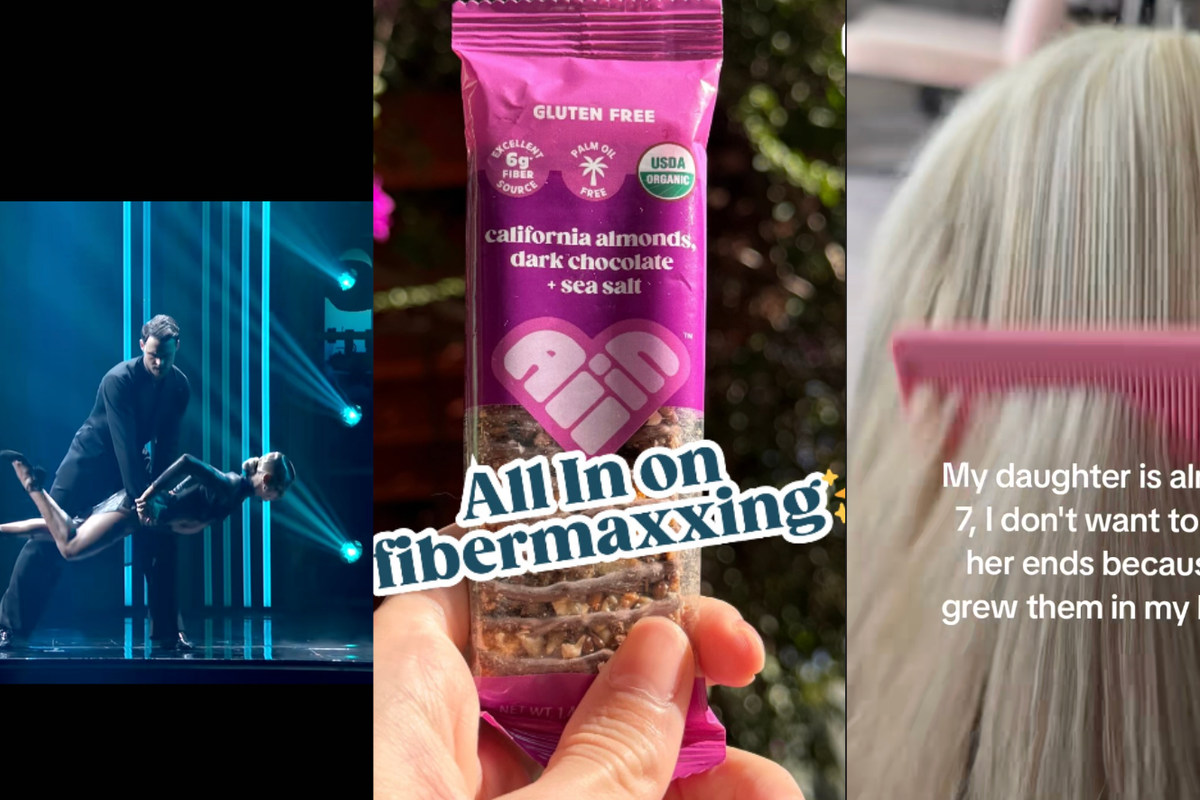
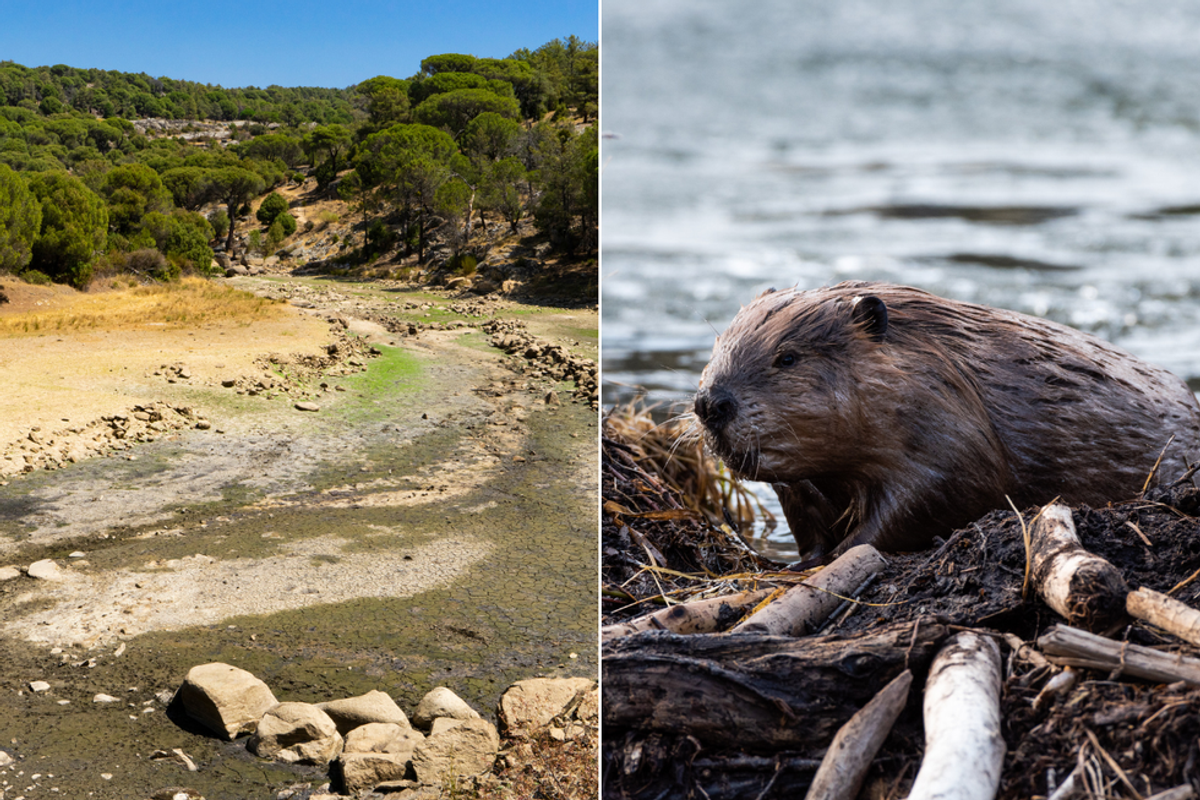
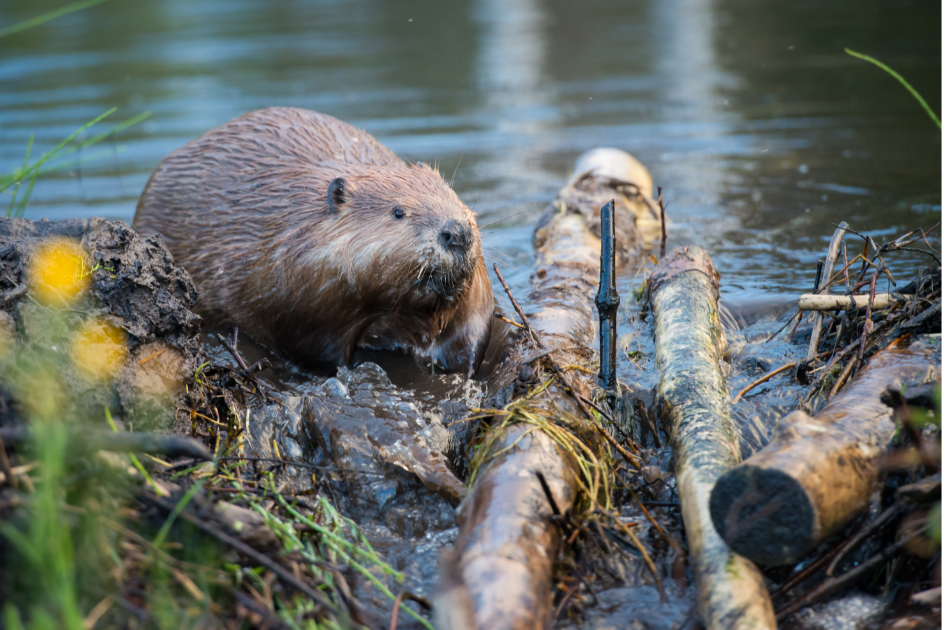 Beaver on riverbank.
Beaver on riverbank.  Pbs Nature Swimming GIF by Nature on PBS
Pbs Nature Swimming GIF by Nature on PBS  An actual beaver dam on the now-thriving Price River
An actual beaver dam on the now-thriving Price River 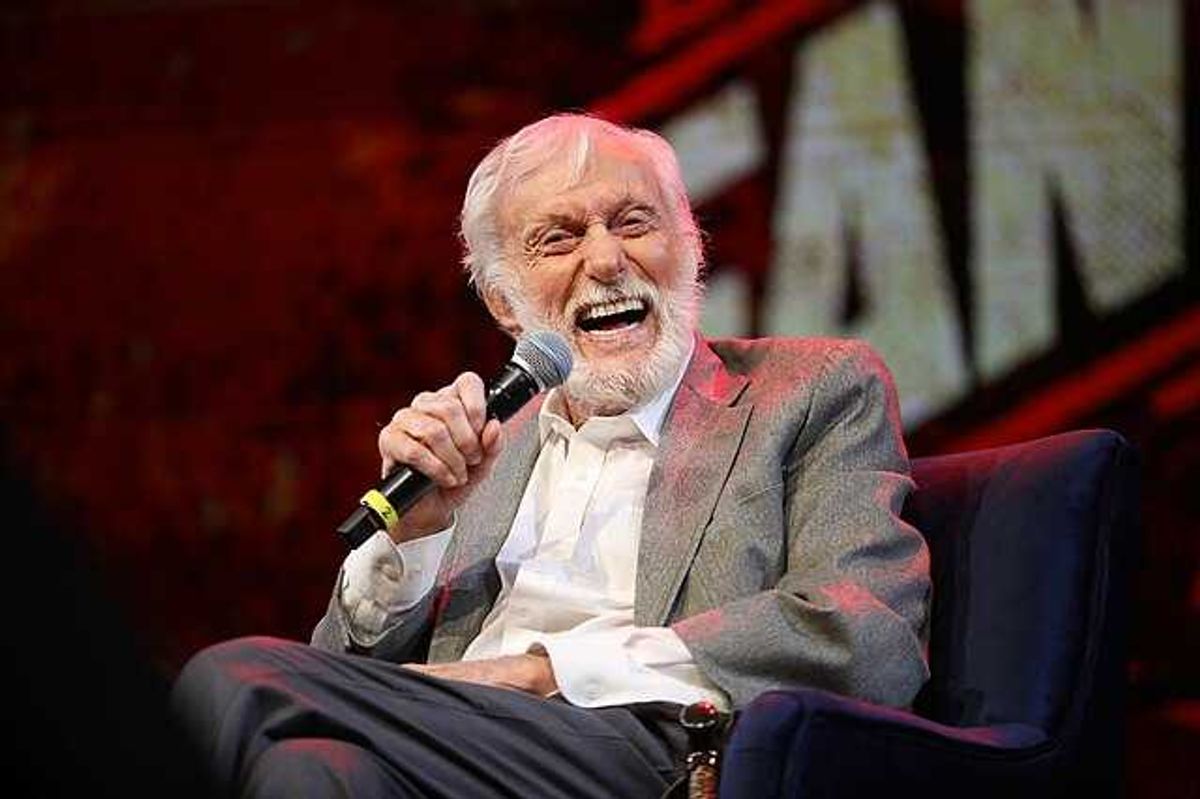
 Hard to imagine Dick Van Dyke being "lazy."
Hard to imagine Dick Van Dyke being "lazy." 
 a piece of paper with a heart drawn on it Photo by
a piece of paper with a heart drawn on it Photo by 
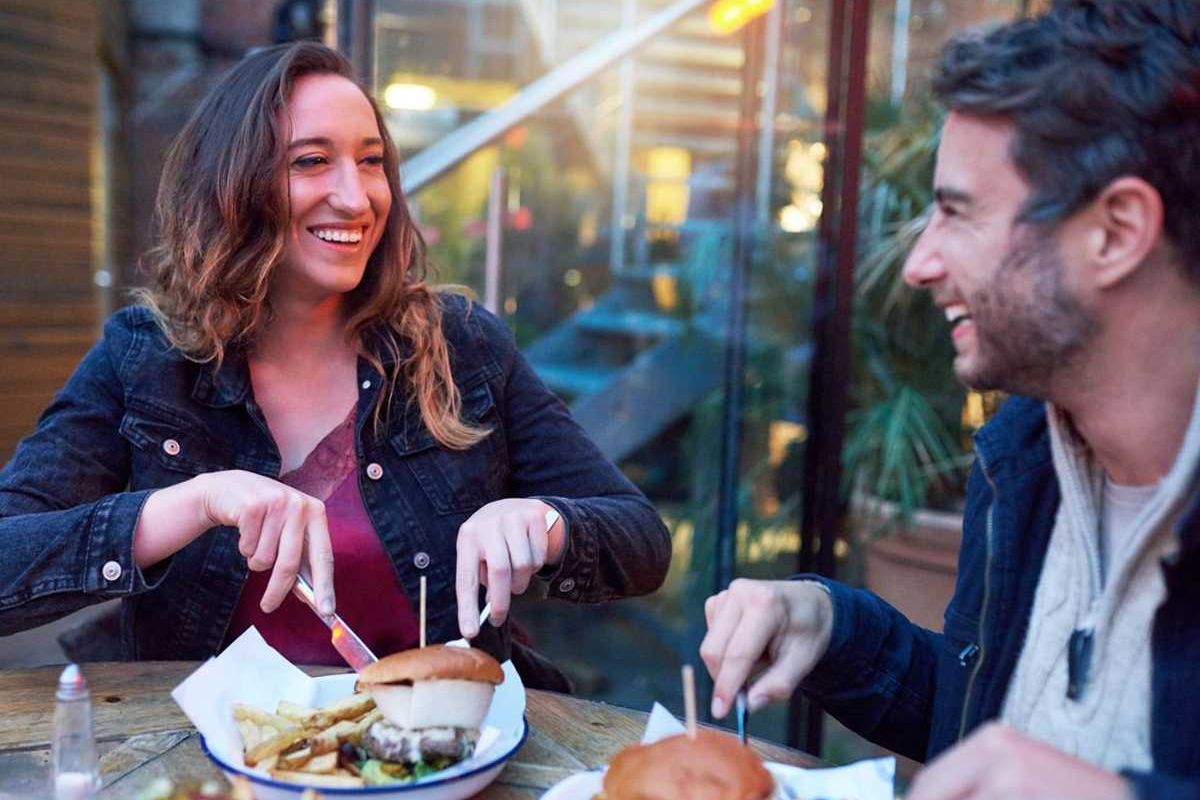
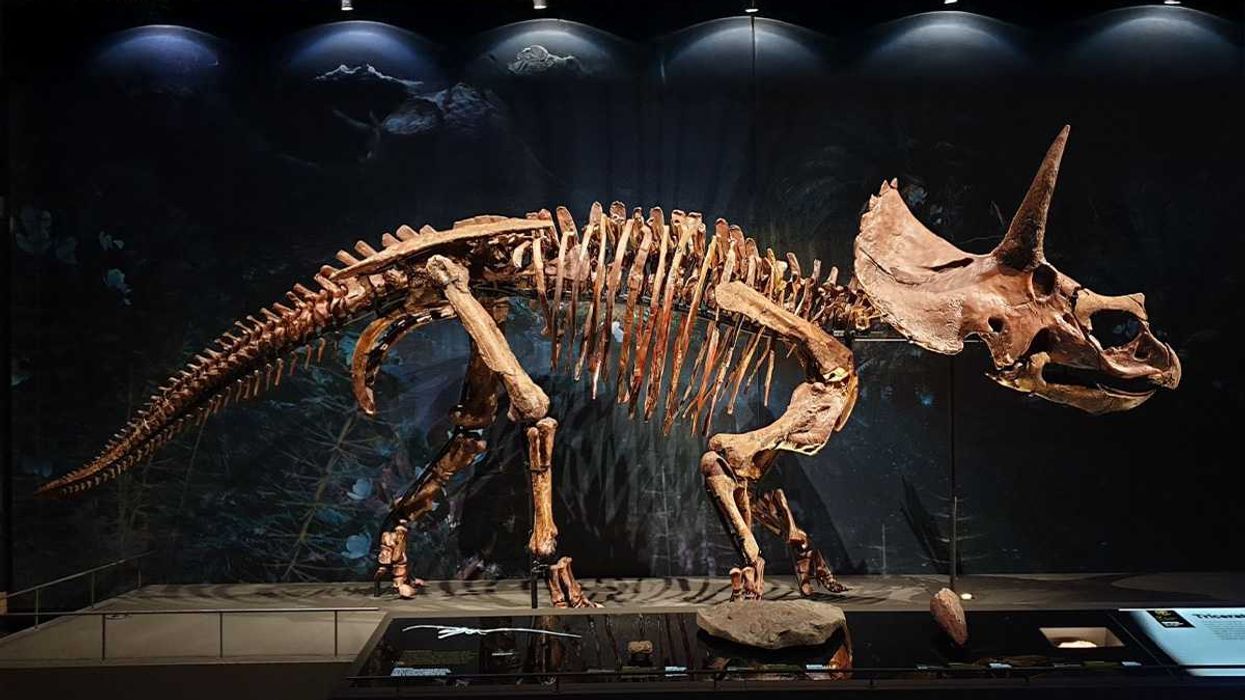 Dinosaur bones.Photo credit
Dinosaur bones.Photo credit  A jump and juggle.Photo credit
A jump and juggle.Photo credit 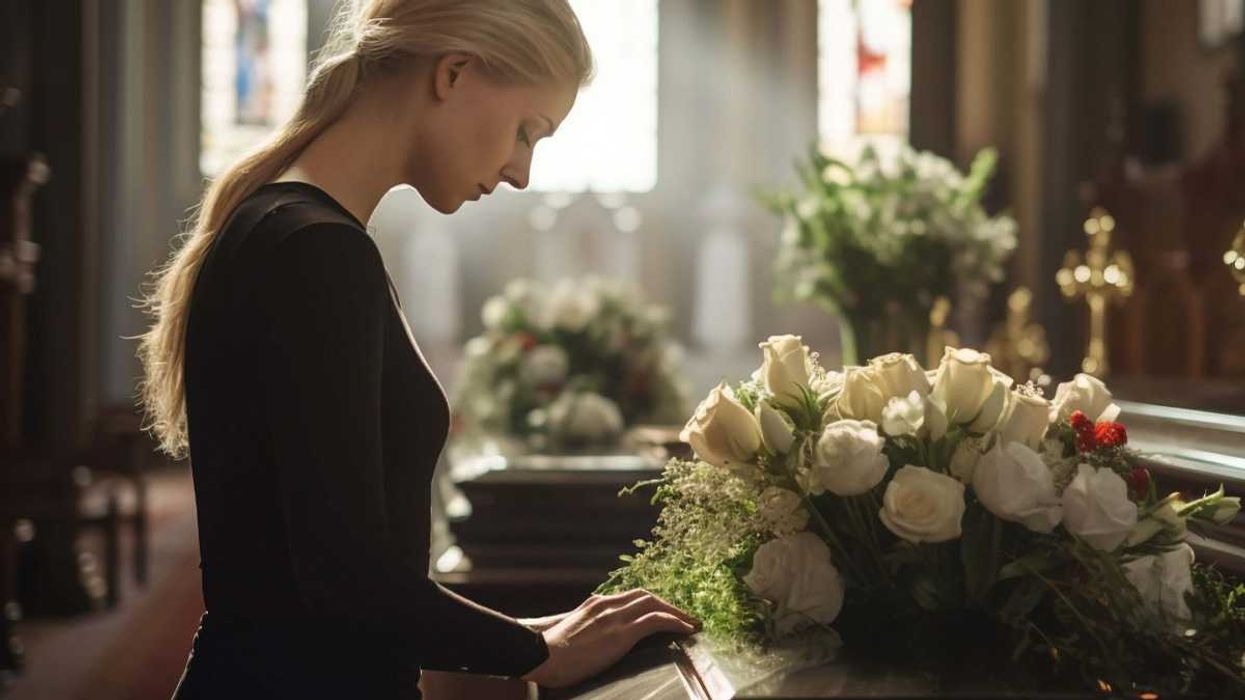 The widow.Photo credit
The widow.Photo credit  Overlooking a mountain adventure.Photo credit
Overlooking a mountain adventure.Photo credit  Looks like 6 feet under the covers.Photo credit
Looks like 6 feet under the covers.Photo credit  "Bow chicka bow wow!"
"Bow chicka bow wow!"  Two people sharing a milkshake. Photo credit
Two people sharing a milkshake. Photo credit